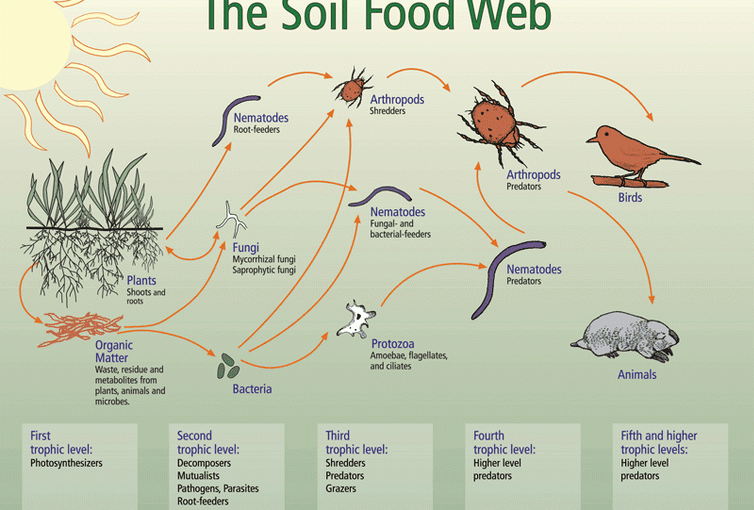Just how badly have we missed the microbial mark and what influence do these microflorae have on the overall balancing act we call life in our goal to make it to 120 years of age with a body that looks and feels no more than a robust 24?
Lifespan, healthspan, and life expectancy. Is any one of these more important than another? A long lifespan is not something I would enjoy if I were hindered from doing whatever I liked because of some physical impediment that I could have avoided. And this is where healthspan comes into play.
Currently, it appears that the human lifespan is about 120 years. In the United States, the current life expectancy in 2022 is about 78.5 years with a health span of about 63 good years of life without many physical limitations. So then what changes over time that results in a decline in functionality and better yet, can that decline be averted? I would like to think so.
Clearly, there will come a time in everyone’s life when there will be some form of decline in functionality. So what is stopping us from extending that decline or at least pushing it back to our 120th birthday or more?
It is us that are keeping this from happening. Our body has the functionality within it to make it to 120 years of age. And I am beginning to suspect that it is the overall condition of the microflora, primarily found in our intestinal tract that is the major contributing factor that determines how close we get to that end of 120 years. And if it is that microflora that is the mediator of that overall healthspan functionality, then what do those microorganisms need to get us to that fullness of life?
The microflora that lives on us and within us is much more at the forefront of our minds than it was just one generation ago. In all the years I spent in school I can’t say that I remember hearing anything about it at all. Yet a deviation in the functionality of this mass of living organisms about our being can have grave consequences in the individual creature.
Our body is a complex system. Within that individual system, there are many complex subsystems that are also complex within their own discrete functions. And yet I can see that we are very little different than a plot of topsoil that somehow figured out a way to wrap itself in a lipid bilayer, what we call skin so that it could get up and wander about the Earth.
Nonetheless, here I am again with this question. What are we doing wrong?
If our life was a shoelace, one of the most important aspects of the health span of that shoelace is the aglet at the end of the lace. Those little metal or plastic tubes that are affixed tightly around each end of the lace. A happy, healthy aglet makes for a well-functioning shoelace. Of course, the lace can always break somewhere in the middle, but barring that kind of failure those little aglets will ultimately determine the overall length of the functionality of that lace.
I suspect that our life is much like this aforementioned shoelace. If it is not overused it will last much longer than one that is abused by overuse. A shoelace can fail from overuse long before the aglet fails and in like manner our human body can fail long before our body loses the ability to regenerate the cells that ensure a full health span of 120 years.
So are we wearing out the aglets of life or abusing the lace of life that results in mechanical failure? Maybe both.
Post image by Ian W. Fieggen – Own work, CC BY-SA 3.0, https://commons.wikimedia.org/w/index.php?curid=3716706

